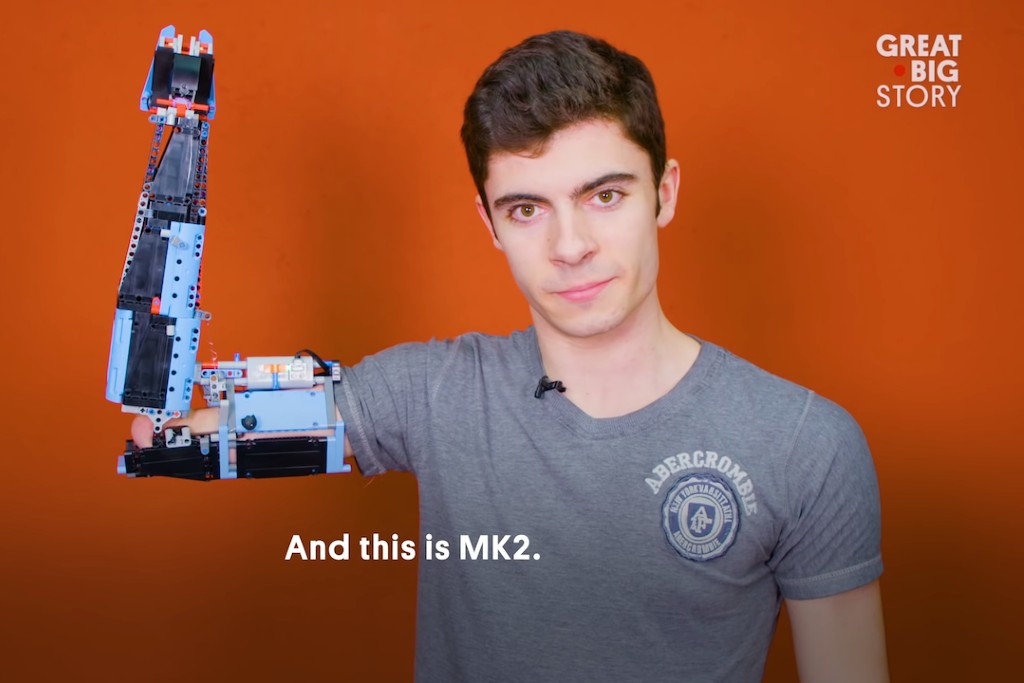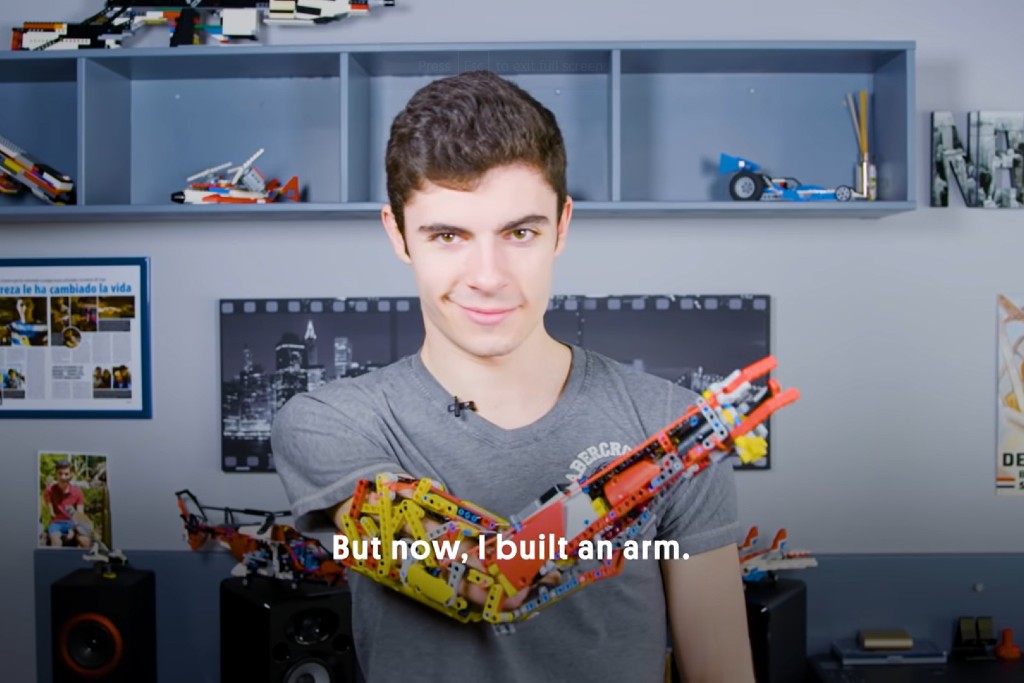One billion people worldwide experience some form of disability. However, when disabled people apply for jobs and enter the workplace, their experience can be quite different from the experience of non-disabled people. Disabled people face assumptions about their capabilities, stereotypes, and myths. One in three people see people with disabilities as less productive at work than non-disabled people, research shows.
These assumptions hurt their chances of finding meaningful, lasting employment on the job market. In fact, studies show that disabled workers are more loyal and remain more productive in the workplace compared to their cohorts.
Despite the progress made to create more inclusive workplaces, for many disabled people across the globe, the job market is influenced by conscious and subconscious factors as well as systematic barriers in society.
Leaders and organisations play a crucial role in building a more diverse and inclusive workplace for their workers, whether they actively hire people with disabilities or practice inclusion. We spoke with disability advocates around the world about their advice for companies and why it’s so important for companies to change – for the better.
Why is it so important for companies to adapt their workspaces?
The data for disabled workers in the world of work is bleak at best. In the U.S. alone, the unemployment rate for disabled workers rose from 7% to 12.6% in 2020. It’s worse, too: French data shows that less than 2% of people who mentioned they had a disability in their CV or resume were called in for an interview.
In the UK, as many as 17% of disabled workers reported having a job offer withdrawn once employers learned they had a disability. That same research found that 30% of people said they weren’t taken seriously as a result of their disability.
Disabled people are just as much of an asset to companies as any non-disabled employees, Rebecca Dubber, a former para-swimmer from Auckland, New Zealand, told the Adecco Group in an interview.
.jpeg?h=683&iar=0&w=1024&hash=D458DB41200FA27A7498BEC64CA01A0D)
“It’s essential to adapt your workplace to be accessible because your employees, disabled or non-disabled, need to have an example set that shows how well you value disability and disabled people in your workplace,” Dubber said.
David Aguilar Amphoux, a fourth year bioengineering student and ambassador for the Adecco Group Foundation in Spain, said that missing an arm has had an impact on him for his entire life – and often influences how people feel about him and his abilities.

“At many times in my life, the fact that I am missing an arm has always conditioned other people's opinion of me. I was always told that I couldn't do many things. Playing games, climbing, driving, riding a bike, doing push-ups, swimming or playing an instrument,” Amphoux said. “The anecdote is that I do all of them, even better than many people.”
That’s why he believes it is so important for companies to adapt their workplaces: because the world of work is for everyone, and everyone has something to contribute to a workplace.
Today, Amphoux is known for developing his own fully functional prostheses with Lego figures. He has also published a book and will soon release a documentary called 'Mr. Hand Solo'. He climbs, drives his own car, rides a bicycle, composes music, and plays an instrument, with the help of his home-made prostheses.
“The only disability is believing that you are not capable of doing something,” he told the Adecco Group.

Adapting spaces and workplaces for people with disabilities helps promote greater integration – and generates a better, more comfortable working environment, Amphoux said.
“[People with disabilities] can also contribute important things in the world of work, as well as in other areas of life. It is important that we have equal opportunities through companies that welcome into their ranks people who can contribute and give competency value,” Amphoux said. “Exemplifying values of inclusion and diversity among its employees generates a high level of satisfaction among them, translating at the end of the day into productivity, positivity and empathy; [then] companies [can] help us to continue with our dreams, make us live in a better society and above all more inclusive and tolerant.”
When companies help us achieve our dreams, this has an impact in society in full making it better, more inclusive and tolerant, he said.
How can companies adapt their workplaces and workplace cultures?
Building a company workplace and culture that works for people with disabilities can be tough. In fact, you may not know how many people with disabilities actually work at your company. Two out of three people with disabilities have “hidden disabilities” like dyslexia.
Additionally, many workers feel they have to hide their disabilities, for fear of retaliation. Research shows that a quarter of people have hidden their disability from their HR departments.
“The simple reason as to why disabled people don’t disclose their disability is that we’re often afraid,” Cat Mitchell, a lecturer at University of Derby, UK, whose research focuses on the barriers disabled employees and jobseekers face, told the BBC. “We’re afraid that we’ll be treated differently, get fewer opportunities at work and that it will impact our chances of progressing, or even lead to us getting fired.”
Think about how much better that work environment would be if those people could be themselves.
“They’re probably putting on a solid front, but how amazing would it be if they could be themselves without trying to hide who they are?” Dubber said.
Here are some things companies can consider for people with disabilities, from people with disabilities working around the world:
- Strengthen your Diversity and Inclusion policies: Make sure your talent acquisition process and internal policies reflect your desires to hire and retain diverse workers. One way to help? Provide multiple opportunities and methods to apply and encourage people to ask if they need anything to make the process more accessible.
- Address internalised and unconscious biases: Sometimes, the only barriers people with disabilities face is an employer’s attitude towards them. People may have internalised and unconscious biases about people with disabilities; people with different disabilities may also have unconscious bias about other disabilities, too. But the reality is that “disabled people belong in workplaces, and we’re capable of doing the job,” Dubber said.
- Allow reasonable accommodations: Accommodating people with disabilities doesn’t just mean ramps and other physical changes mandated by law. Workers may need flexible working arrangements as well. “If a disabled person asks for accommodations to help do their job, it’s essential to listen and try to implement them; they’re not asking for special treatment. With the proper support, people will flourish in their role and be loyal to you, so it’s in your best interest as an employer, too,” Dubber said.
The power of inclusion
Creating a disability-friendly workplace, and a more inclusive workplace as a whole, is beneficial to everyone – not just those with a disability. By building a more accommodating workplace, you can make people with physical or mental disabilities more comfortable – and widen your search for top talent. People with different backgrounds, skills, and experiences can make a big difference to the productivity and creativity of your workforce. At the end of the day, you’ll be equipped to keep your whole workforce happy.



